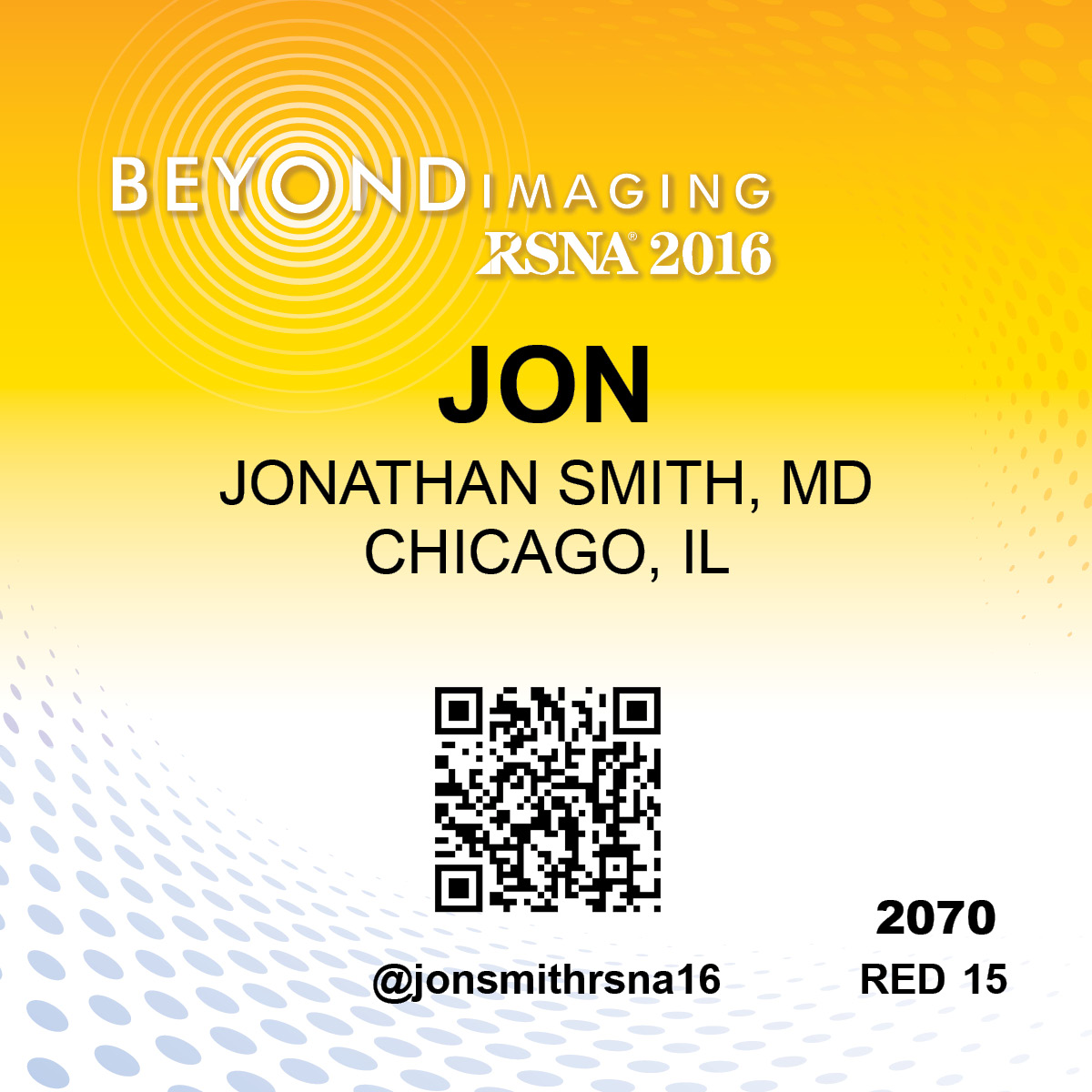Image Perception in Radiology Remains an Important Topic
Thursday, Dec. 01, 2016
Image perception in radiology is not a new topic to the RSNA annual meeting. In fact, W. Edward Chamberlain, MD, broached the topic in his Annual Oration in Diagnostic Radiology at RSNA 1941.
Since then, a wide variety of tools and techniques have been developed to improve the understanding of how images are perceived, abnormalities detected and diagnostic decisions made.
There is room for improvement considering radiologists still make mistakes even using advanced image processing and analysis tools, said Elizabeth A. Krupinski, PhD, during her Wednesday presentation, "A Short History of Image Perception in Radiology."

Elizabeth A. Krupinski, PhD
Improved understanding of how these image manipulations and decision support systems impact radiologists' decision-making processes is critical to further improving their effectiveness, said Dr. Krupinski, professor and vice chairman for Research Department of Radiology and Imaging Sciences at Emory University in Atlanta.
"Determining the best ways to integrate these tools into everyday clinical workflow is critical as well, since poorly integrated systems, no matter how good they are in a stand-alone setting, will not impact performance positively," Dr. Krupinski said.
It's important to consider the radiologist's perceptual and cognitive capabilities when developing new imaging technologies and tools, she said. Better training and education methods and better integration of technology into clinical workflow can impact patient care and outcomes without placing undue burdens on the radiologist.
"If we understand why errors are made we can develop tools or processes to reduce them or we can develop better training methods," Dr. Krupinski said.
Image analysis tools, eye-tracking, better software and hardware — there are a multitude of ways technology can be used to understand and then aid or complement the human visual system and decision making processes, she said.
The role of fatigue also needs to be understood, Dr. Krupinski said.
"Studies have demonstrated that after only eight hours of clinical work radiologists are fatigued and their diagnostic accuracy drops significantly," Dr. Krupinski said. "We need to improve our understanding of the role of fatigue and how to ameliorate its impact."
Does Lighting Impact Performance?

Francine Jacobson, MD, MPH
In another session, Francine Jacobson, MD, MPH, said that in the early days of the specialty, radiologists used red goggles for dark adaptation to better see fluoroscopic images. Red light remained in dark rooms for film development until digital conversion was completed in the early 2000s.
Yet in 2006, after an RSNA lecture, a radiologist approached her to suggest that reading should be done in neutral gray lighting rather than the long-standing dictum to recruit darkness. Ambient lighting is also needed for non-image computer work, said Dr. Jacobson, director of lung cancer screening at Brigham and Women's Health Care, staff radiologist at Brigham and Women's Hospital, Division of Thoracic Imaging, and assistant professor of radiology, Harvard Medical School in Boston.
Dr. Jacobson pointed toward aviation and other industries that use blue light to improve performance as a guide for radiology. She said blue light improves alertness, attentiveness and mood. And as the use of color in imaging increases, basic color effects and color interactions also become more important.
"The most basic perceptual task is detection," Dr. Jacobson said, adding the attribution of the finding and the company it keeps can be most important.
"Radiologists are increasingly the integrators of visual and non-visual data," Dr. Jacobson said. "CT scans now often replace physical examination, requiring more consideration of the history that is not given to the radiologist as part of the order."
Additional Image Perception Courses at RSNA 2016
Radiologic Expertise-Incorporating Perception into Training
Thursday 8:30 – 10 a.m., Room S103CD
Presenters will discuss the development of expertise in image interpretation, how to teach trainees interpretation strategies and formal assessment of practicing radiologists.
Computational Perception
Thursday 4:30 – 6 p.m., Room E353B
Presenters will cover the status of CAD in clinical radiology, the role of imaging informatics in perception and review the effects of reading paradigms and visualization on radiologists interpretation.
Perception in the Clinic
Friday 8:30 – 10 a.m., Room E263
Presenters will discuss the impact of fatigue on radiologists' performance, the perception of volumetric image data and the role of image quality in perception.




 Home
Home Program
Program Exhibitors
Exhibitors My Meeting
My Meeting
 Virtual
Virtual Digital Posters
Digital Posters Case of Day
Case of Day

